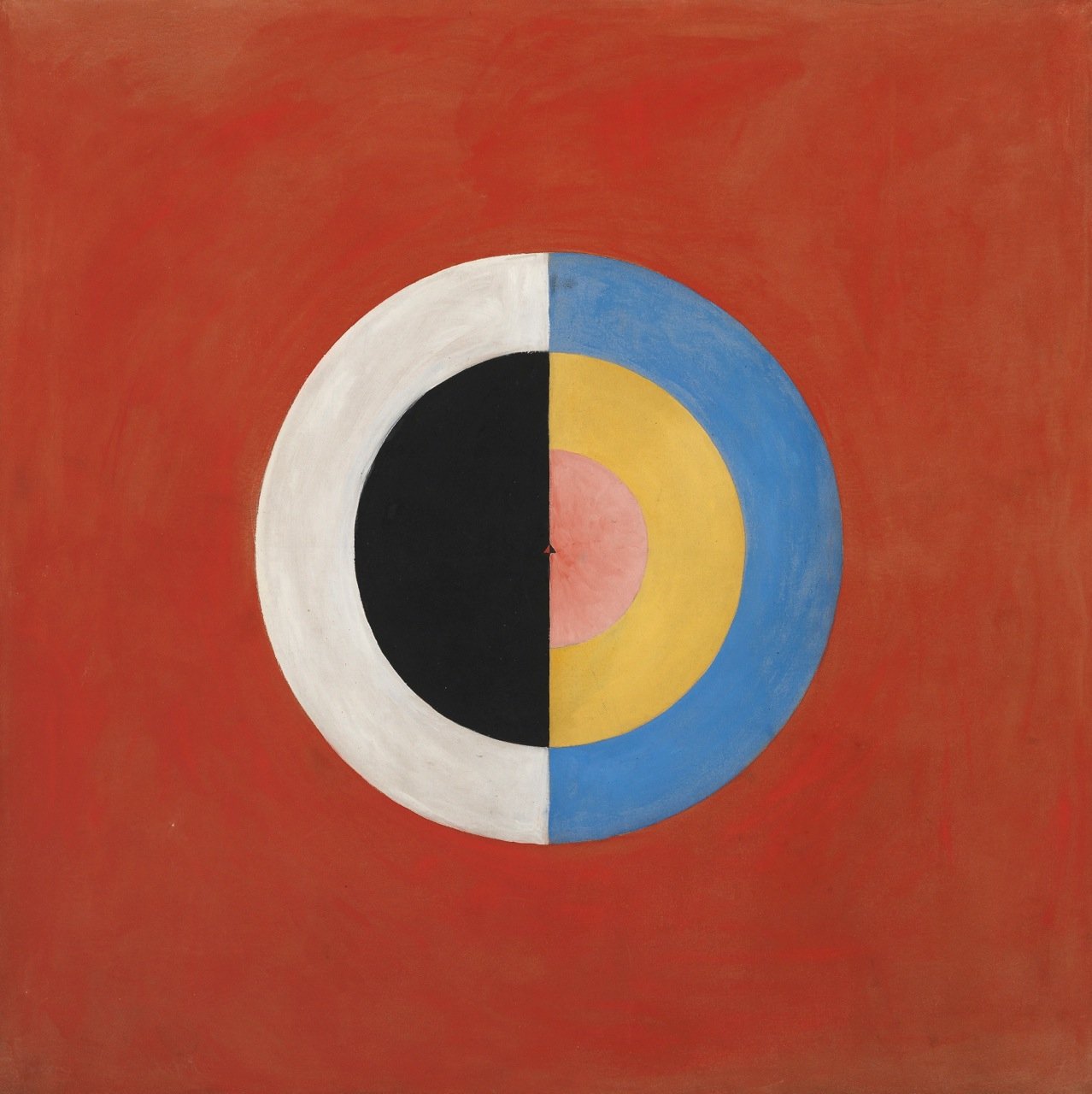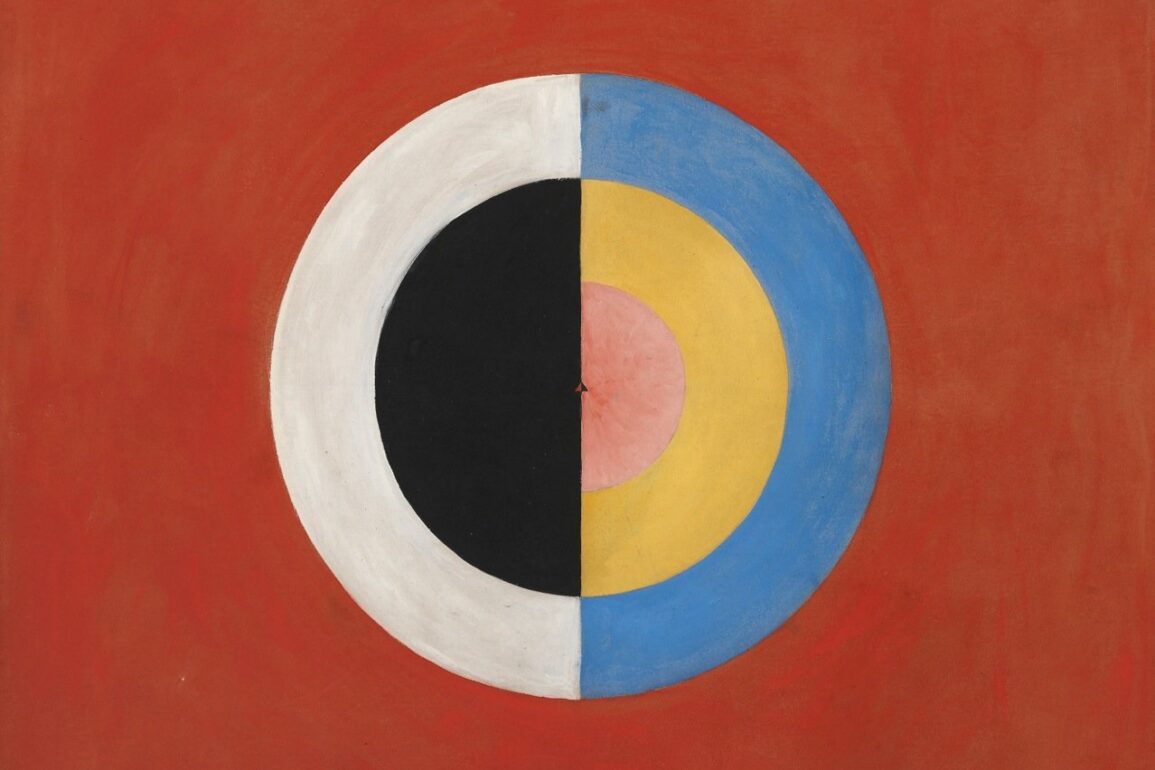
Stories are all we have in the pursuit of history. They have shaped received and accepted versions of history. Art historians continue to unravel the consequences of a selective art history, which are, more often than not, determined by measures other than quality.
Katy Hessel is one such historian. She began her journey into feminist art history after reading Gombrich’s The Story of Art, a supposedly canonnical work which excluded female artists entirely – perhaps unsurprising for 1950, when it was originally published.
Delving into a myriad of female voices from all over the globe in projects from her Great Women Artists podcast to her book The Story of Art [Without Men], Hessel demonstrates that stories of equal value and talent emerge when the narrative is changed, An artist is not a measure of their gender but a representative of its truth.
When asked at her paperback book launch why a feminist art history remains a necessity today, Hessel replied with brute honesty: that the statistics don’t lie.
Gombrich’s The Story of Art excluded female artists until its sixteenth edition was released in 1995; a mere 1% of the National Gallery is attributed to female artists; and the Royal Academy of Art has never hosted an exhibition by a female artist in its main space until 2022.
Again, the statistics don’t lie.
There is still work to be done to amend the Story of Art as it has been fed to us.
Hessel targets education as the root of change, and uses her book to bring hundreds of female voices inc to the forefront of artistic discourse. Thousands of readers have recognised these voices and are finally able to resonate with their work.
By mapping her Story of Art [Without Men] onto Gombrich’s Story of Art [Without Women], without ignoring more basic details from colour pallet and cover design to chronology and timespan, she has succeeded in creating a second, more comprehensive volume of Story of Art.
The main aims that manifest in this story are increasing accessibility, breaking down gender ali imbalance, and deconstructing deeply embedded hierarchies written into art and its documented va history, It by no means depreciates the canon as it pr stands, but it offers its readers a choice. The choice to know the Rose Beurets of the world before the Rodins, or else to simply know them inde-pendently. Far too often, women are stripped of their identity as artists when involved in the narrative of a male associate. Jacqueline Roque, for one example, was immortalised as Picasso’s muse. Her identity is, according to history, inseparable from his.
Lee Krasner is similarly veiled behind Jackson Pollock’s name, for which, ironically, she was creating following his death in 1956. She not only brought his name to every household in America, but also kickstarted the American art economy in the process.
Integrating minority voices into the art world is easier said than done when money and development rest on reinvestment in household names. Despite being unfamiliar, these hidden voices are undeniably sought after. They provide the art world with something distinctive.
As noted in Hessel’s book, Hilma af Klint’s monumental 2019 exhibition was named an idiosyncratic library of ideas by the Guggenheim, and was so popular that it became the most visited exhibition in the museum’s history. How much groundbreaking art is missing from art history?
Previously put down for being inconvenient, un-orthodox, and uneconomical, Hessel’s work to retell the story of art according to female perspectives has proven fundamental: she has inspired and educated a wealth of people searching for a story of art that aligns with them.
Her work poses the question: what is more valuable? We can reinvest in household names for profit, but it may be worth more, on a human level, to invest in a new generation of names. Often, these are equal in talent and their capacity for innovation (and popular success), yet unique in their artistic understanding of the female experience.
This post was originally published on this site be sure to check out more of their content








